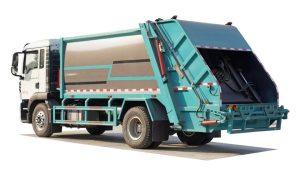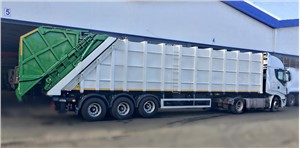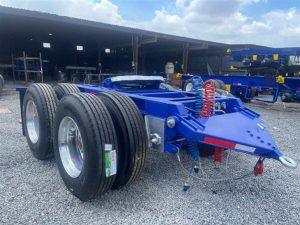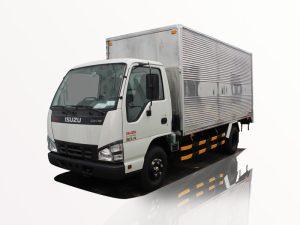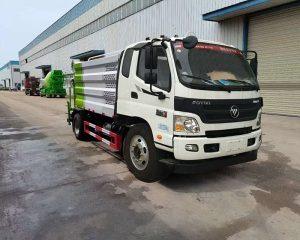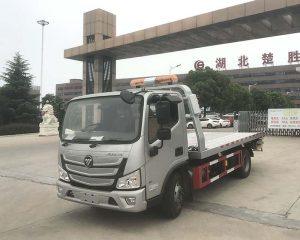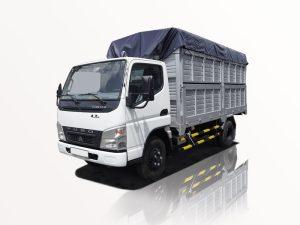Monday to Saturday - 8:00 -17:30
Fire Truck with Water: A Comprehensive Guide
Introduction
Fire trucks with water capabilities are critical assets in firefighting efforts around the world. These vehicles are specially designed to carry large amounts of water and firefighting equipment, enabling firefighters to effectively combat fires and save lives. Understanding the functionality, types, and deployment of fire trucks with water can provide insights into their importance in fire safety management and community health. This article will explore the different aspects of fire trucks equipped with water systems, their technology, features, and operational strategies.
1. Understanding Fire Trucks with Water
1.1 What is a Fire Truck?
A fire truck, also known as a fire engine, is a vehicle specifically designed for firefighting operations. These trucks are equipped with hoses, water tanks, and often ladders and fire extinguishing systems. Fire trucks play a crucial role in emergency response and play a key part in public safety.
1.2 The Role of Water in Firefighting
Water is the primary extinguishing agent in firefighting. It works by cooling the flames, reducing temperatures, and smothering the fire by displacing oxygen. Fire trucks are equipped with water tanks ranging from a couple hundred gallons to several thousand gallons, allowing them to deliver a substantial amount of water directly to the firefighting efforts.
2. Types of Fire Trucks with Water
2.1 Pumper Trucks
Pumper trucks are among the most common types of fire trucks. They are designed to pump water from a source (like a fire hydrant or water tank) and deliver it through hoses to combat fires. They come equipped with:
- Water tanks
- Powerful pumps
- Hoses of various lengths and diameters
2.2 Tanker Trucks
Tanker trucks are designed primarily to transport large volumes of water to areas without adequate water supply. They are essential in rural regions where fire hydrants may not be readily available. Key features include:
- Large water tanks (up to 3,000 gallons)
- Pump systems to offload water
- Accessibility features like hoses and nozzles mounted on the chassis
2.3 Aerial Ladder Trucks
Aerial ladder trucks are specialized fire trucks equipped with an extendable ladder. While they primarily focus on providing access to high-rise structures, they can also carry water. Features include:
- High-reaching ladders for rescue operations
- Water cannons at the ladder’s tip
- Integrated pumps and hose systems
3. Mechanisms Behind Water Delivery Systems
3.1 Water Tanks and Capacity
Fire trucks store water in tanks, with capacities that can range from 300 gallons in smaller engines to over 3,000 gallons in tankers. The size of the tank often depends on the truck’s intended use and the environment it operates in.
3.2 Pumping Systems
The pump system is crucial for fire trucks. It uses mechanical force to shift water from the tank through hoses. Important aspects of pumping systems include:
- Types of pumps (centrifugal, positive displacement)
- Rated flow rate (measured in gallons per minute)
- Variable pressure controls to manage different firefighting scenarios
4. Firefighting Strategies Using Water
4.1 Direct Attack
A direct attack involves applying water directly onto the flames to extinguish them quickly. Firefighters aim to effectively cool and smother the blaze. It is often executed using hoses from pumper trucks.
4.2 Indirect Attack
In an indirect attack, firefighters apply water to the surrounding environment, creating a barrier that prevents the fire from spreading. This tactic is particularly useful in wildfires.
5. Training and Safety Protocols for Firefighters
5.1 Training Programs
Firefighters undergo rigorous training on how to operate fire trucks with water systems. This includes learning about the mechanics of pumps, the handling of hoses, and emergency response protocols.
5.2 Safety Guidelines
Safety is paramount during firefighting operations. Firefighters must follow guidelines such as:
- Wearing appropriate protective gear
- Maintaining situational awareness
- Understanding the structure of the fire-affected area
6. Maintenance of Fire Trucks with Water Systems
6.1 Regular Inspection
Fire trucks require regular inspections to ensure all systems, including water delivery mechanisms, are functioning correctly. Scheduled maintenance checks can significantly enhance reliability during emergency responses.
6.2 Cleaning and Flushing Systems
Water tanks and pumps should be regularly cleaned and flushed to prevent contamination and corrosion. Proper maintenance extends the lifespan of firefighting vehicles.
7. Fire Truck Innovations and Technology
7.1 Advanced Pumping Technologies
Modern fire trucks are equipped with advanced pumping technologies that allow for more efficient water delivery. Innovations include:
- Smart pumps that adjust automatically based on pressure
- Remote monitoring systems for real-time diagnostics
7.2 Eco-Friendly Solutions
With a rising emphasis on sustainability, some fire departments are exploring eco-friendly firefighting solutions. These may include:
- Using biodegradable firefighting foam
- Integrating hybrid technology in fire trucks to reduce carbon footprint
8. Practical Examples from Fire Departments Worldwide
8.1 Case Study: Urban Fire Response
In urban areas, departments like the Los Angeles Fire Department utilize specialized pumper trucks for high-rise fires. These trucks carry large water tanks and powerful pumping systems to ensure rapid response times.
8.2 Case Study: Rural Fire Response
In rural regions, volunteer fire departments often use tanker trucks to transport water to firefighting sites. For example, many rural fire departments in Australia depend on tanker trucks during bushfires due to limited access to hydrants.
9. The Future of Fire Trucks with Water Capabilities
9.1 Smart Infrastructure Integration
The future may see increased integration of fire trucks with smart city infrastructures. This includes GPS navigation systems that direct firefighters to optimal water sources or fire hotspots.
9.2 Increased Training with Simulations
Advancements in simulation technologies may lead to better training programs for firefighters. Virtual reality scenarios can offer firefighters real-time problem-solving experiences without physical risks, preparing them for various firefighting scenarios involving water.
10. Conclusion
Fire trucks equipped with water systems are invaluable tools for firefighting, enabling quick and efficient responses to emergencies. Understanding their types, technology, and operational strategies is essential for effective fire management and public safety.
FAQ Section
1. What types of water delivery systems do fire trucks use?
Fire trucks primarily use pump systems that can be centrifugal or positive displacement pumps to deliver water through hoses. Some also integrate aerial water cannons.
2. How much water can a fire truck carry?
Fire trucks can carry between 300 to over 3,000 gallons of water, depending on the type and size of the truck.
3. Why is regular maintenance important for fire trucks?
Regular maintenance ensures that all systems, especially water delivery mechanisms, function optimally during emergencies, thereby enhancing reliability and safety.
4. What is the distinction between pumper trucks and tanker trucks?
Pumper trucks are designed to pump water from a source and deliver it quickly, while tanker trucks are intended to transport large quantities of water, particularly to areas without established water resources.
5. How does firefighter training prepare them for using fire trucks with water systems?
Firefighter training includes hands-on experience with operating water pumps, managing hoses, and understanding emergency response protocols, which equips them to use fire trucks effectively.
6. What innovations are shaping the future of fire trucks?
Innovations such as smart pumping technologies and eco-friendly firefighting solutions are shaping the future, aiming for efficiency, sustainability, and improved firefighter safety.


